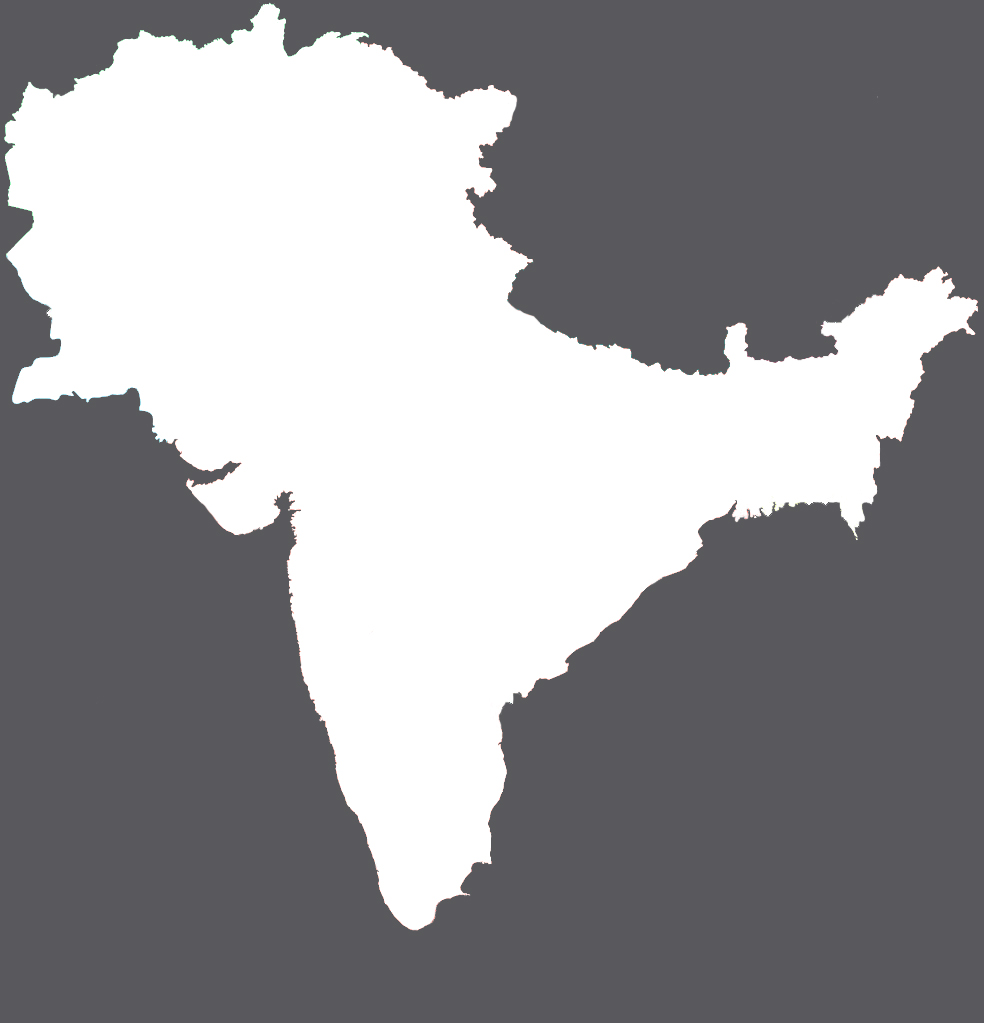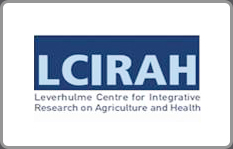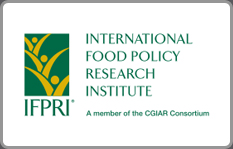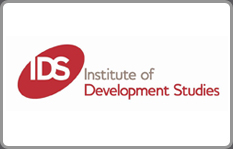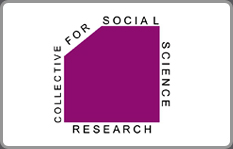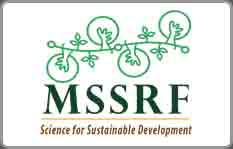Despite significant improvements over recent decades, rates of undernutrition remain high in South Asia, with adverse impacts on morbidity and mortality. Overweight/obesity, among children and adults, is now an additional and major public health concern. While agriculture has the potential to improve nutrition through several pathways, this potential is currently not being realised in the region. The Leveraging Agriculture for Nutrition in South Asia (LANSA) research consortium (2012–2018...
Journal papers
The paper reviews the evidence of agriculture–nutrition linkages with particular reference to South Asia from studies published during the period 2012–2018. South Asia houses the largest population of undernourished people in the world and a majority of the population in the region is dependent on agriculture and allied activities and live in rural areas. Following a review of agriculture nutrition linkage, the paper reviews recent work in South Asia focusing on...
In this review, the influence of seasonal variation on undernutrition during the first 1000 days of life of life in rural South Asia is conceptualized using a modified framework developed under the “Tackling the Agriculture and Nutrition Disconnect in India” project. Evidence for the existence and extent of seasonality is summarized from 14 studies reporting on six proximal determinants of undernutrition. A limited number of studies examine seasonal variation in risk factors for...
We use household survey data from Nepal to investigate relationships between women’s empowerment in agriculture and production diversity on maternal and child dietary diversity and anthropometric outcomes. Production diversity is positively associated with maternal and child dietary diversity, and weight-for-height z-scores. Women’s group membership, control over income, reduced workload, and overall empowerment are positively associated with better maternal nutrition. Control over...
South Asia and sub-Saharan Africa are the two regions of the world with the highest concentration of undernutrition. The majority of the nutritionally vulnerable populationsin both regions is dependent in some way upon agriculture as a primary source of livelihood. The agriculture sectorand wider agri-food system is considered to be central tosustained progress in reducing undernutrition – and yet not enough is known about how to unleash this potential. Recent...
Almost half of all children in South Asia are stunted. Although agriculture has the potential to be a strong driver of undernutrition reduction and serves as the main source of livelihood for over half of South Asia’s population, its potential to reduce undernutrition is currently not being realized. The Leveraging Agriculture for Nutrition in South Asia (LANSA) research consortium seeks to understand how agriculture and agrifood systems can be better designed to...
Malnutrition is a global challenge with huge social and economic costs; nearly every country faces a public health challenge, whether from undernutrition, overweight/obesity, and/or micronutrient deficiencies. Malnutrition is a multisectoral, multi-level problem that results from the complex interplay between household and individual decision-making, agri-food, health, and environmental systems that determine access to services and resources, and related policy...
This article offers insights into assessing the effectiveness of post farm-gate agri-food value chains at improving the nutrition intake of vulnerable groups. It develops a conceptual framework integrating the value chain concepts with agriculture and nutrition, and identifies key outcomes and requirements for value chains to be successful at delivering substantive and sustained consumption of nutrientdense foods by poor households. Other frameworks linking value chains with...
Changes in the immediate, underlying and basic determinants of nutritional status at the community- and household-level are a logical and empirical prerequisite to reducing high levels of undernutrition in high burden countries. This paper considers these factors directly from the perspective of community members and frontlineworkers interviewed in six countries in South Asia and sub-Saharan Africa. In each country, in-depth interviews were conducted with mothers, other community...
This paper explores the drivers of Nepal's maternal and child nutrition success using document review, interviews with mothers, and quantitative analysis of DHS datasets. Our qualitative and quantitative analyses both highlight similar policy and community level changes but limited improvements in child feeding and care practices. Improvements in four key drivers of nutritional change emerged: health services, sanitation, education, and wealth. However, the relative...

